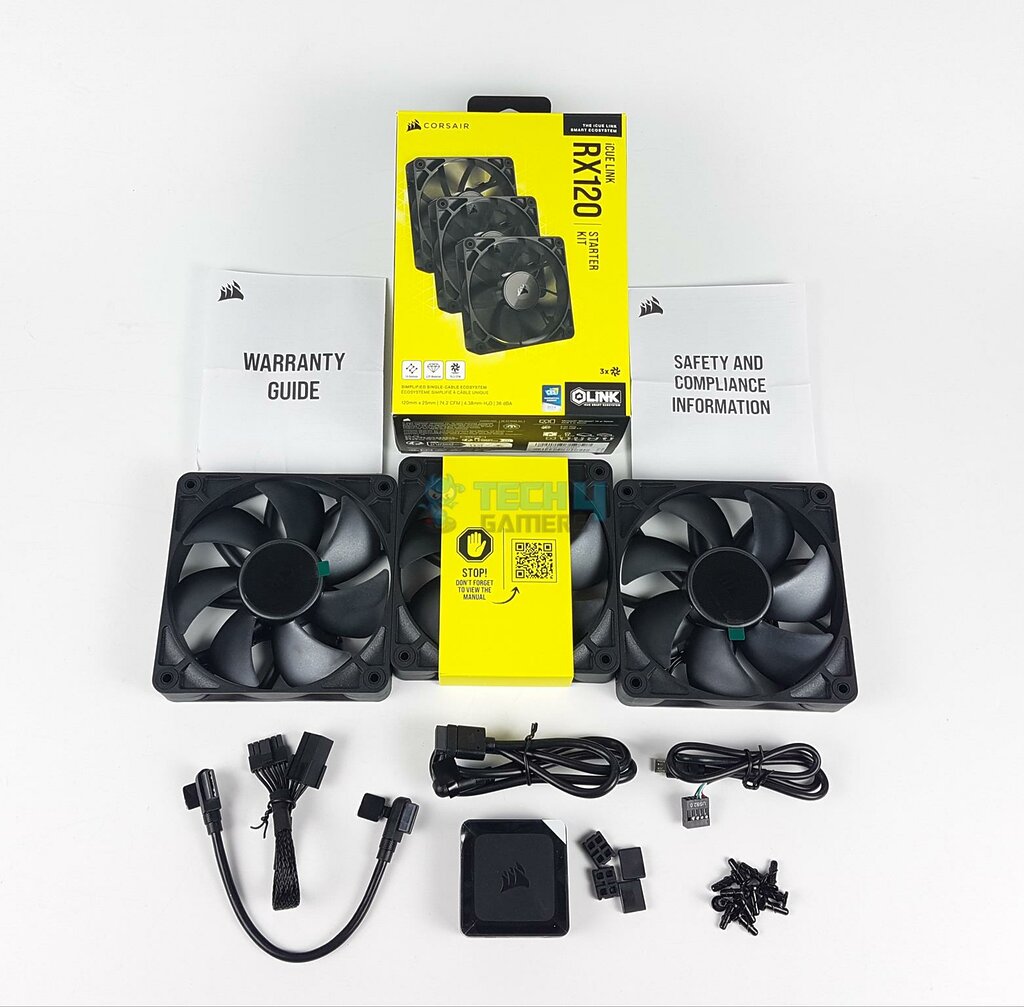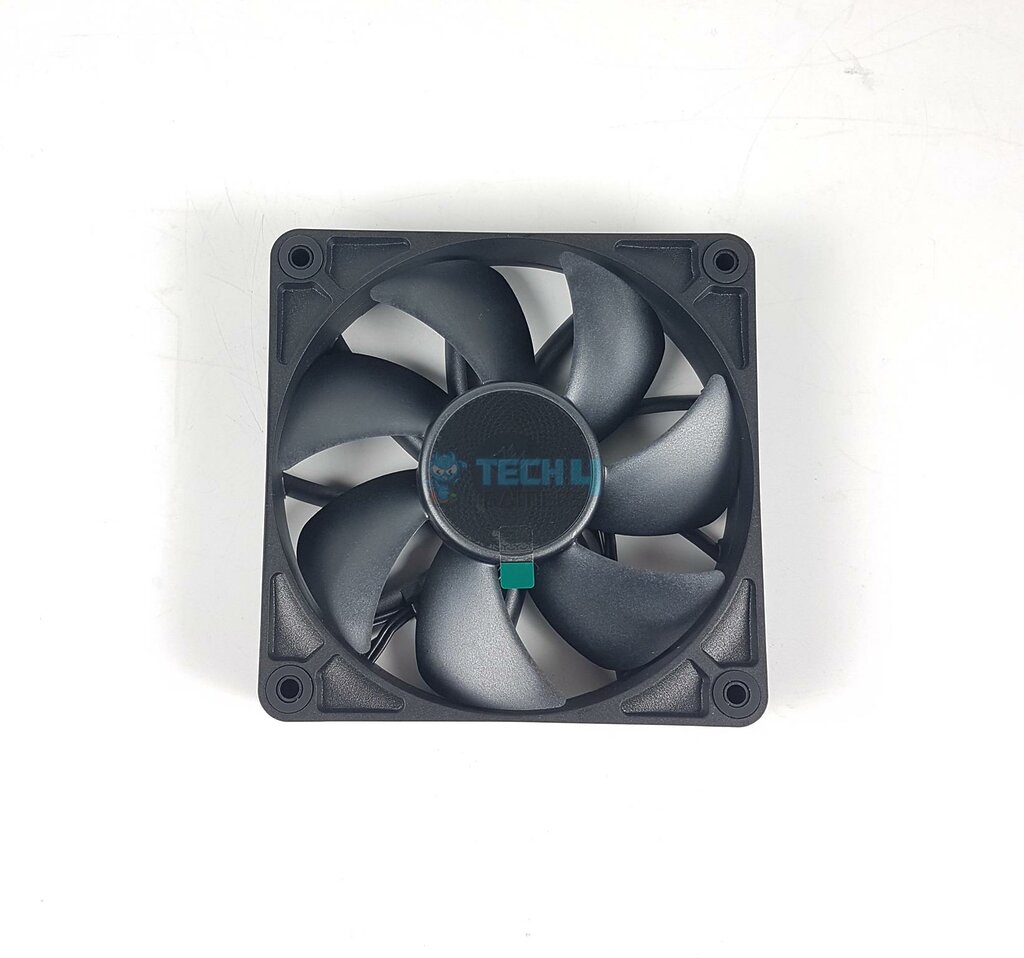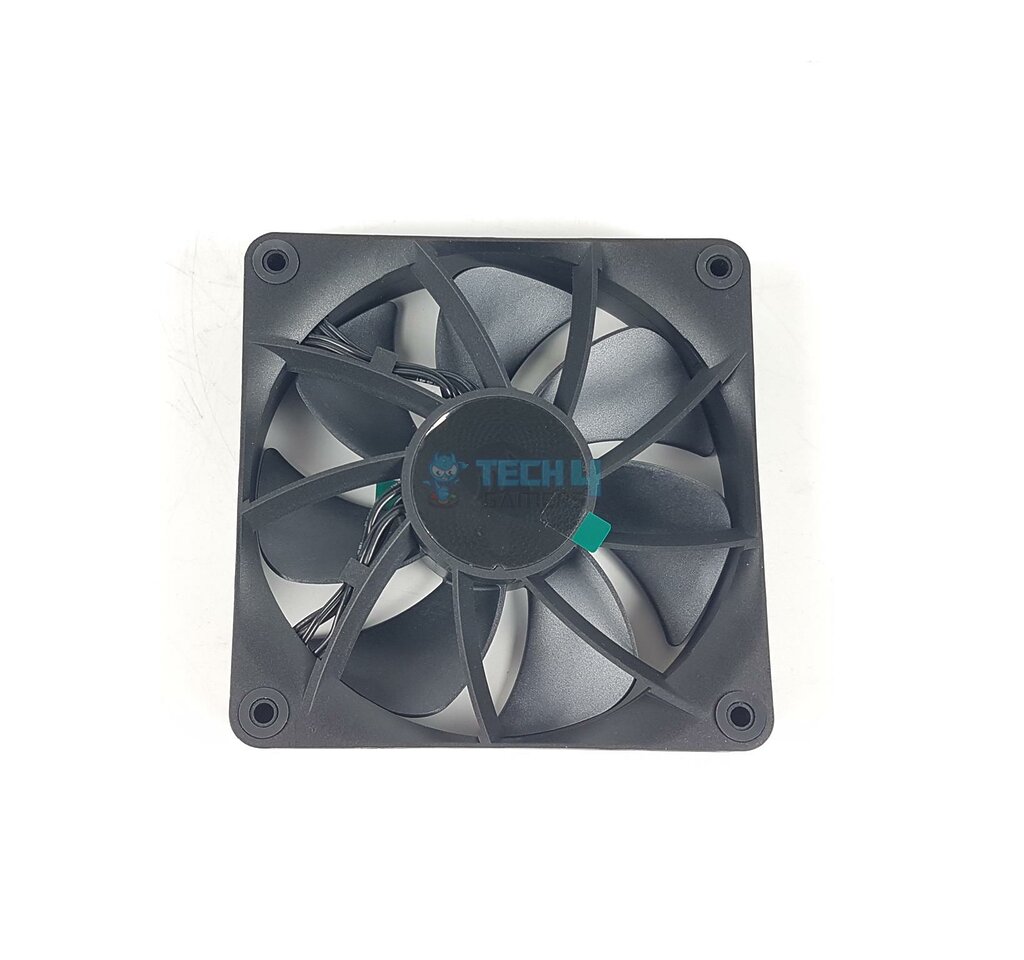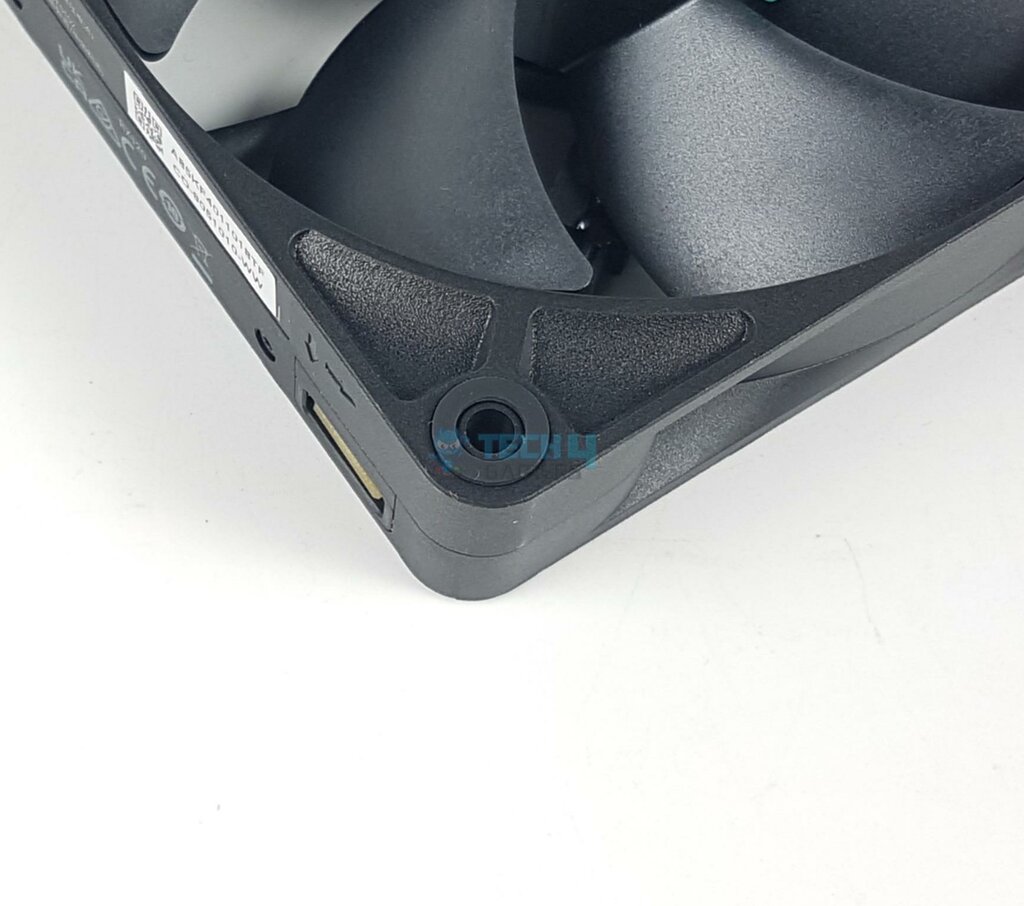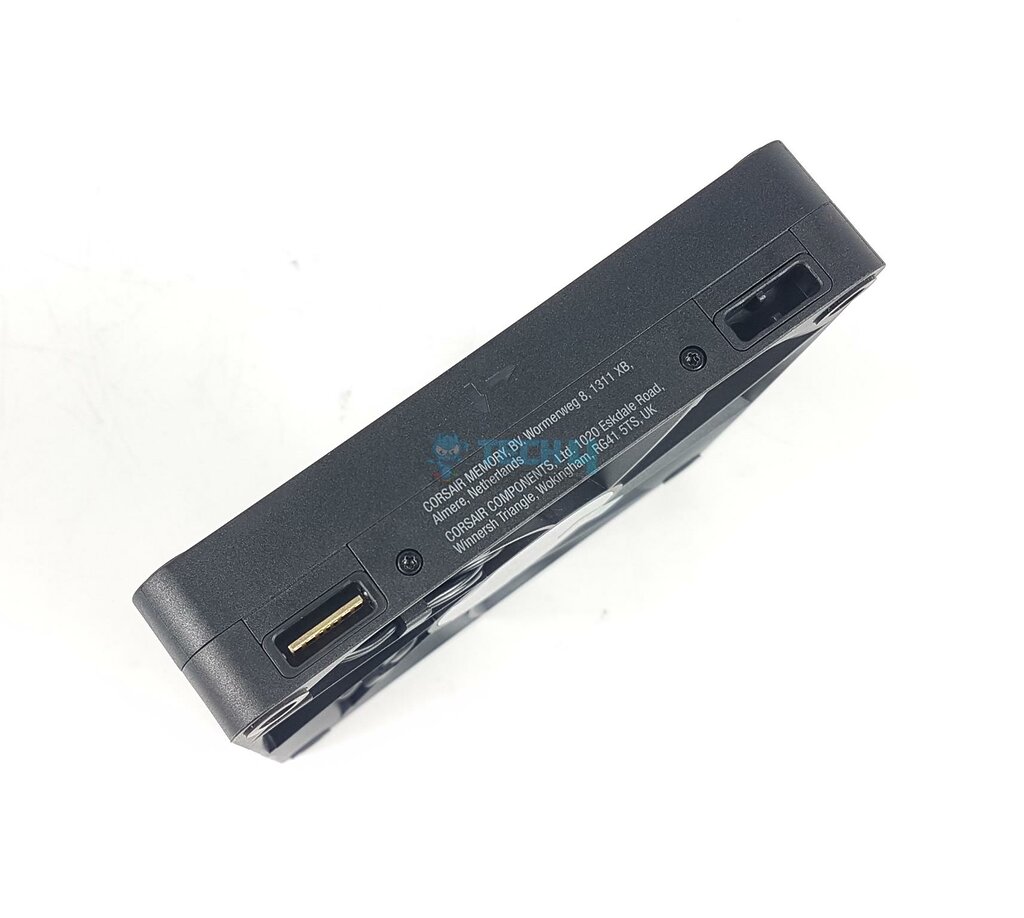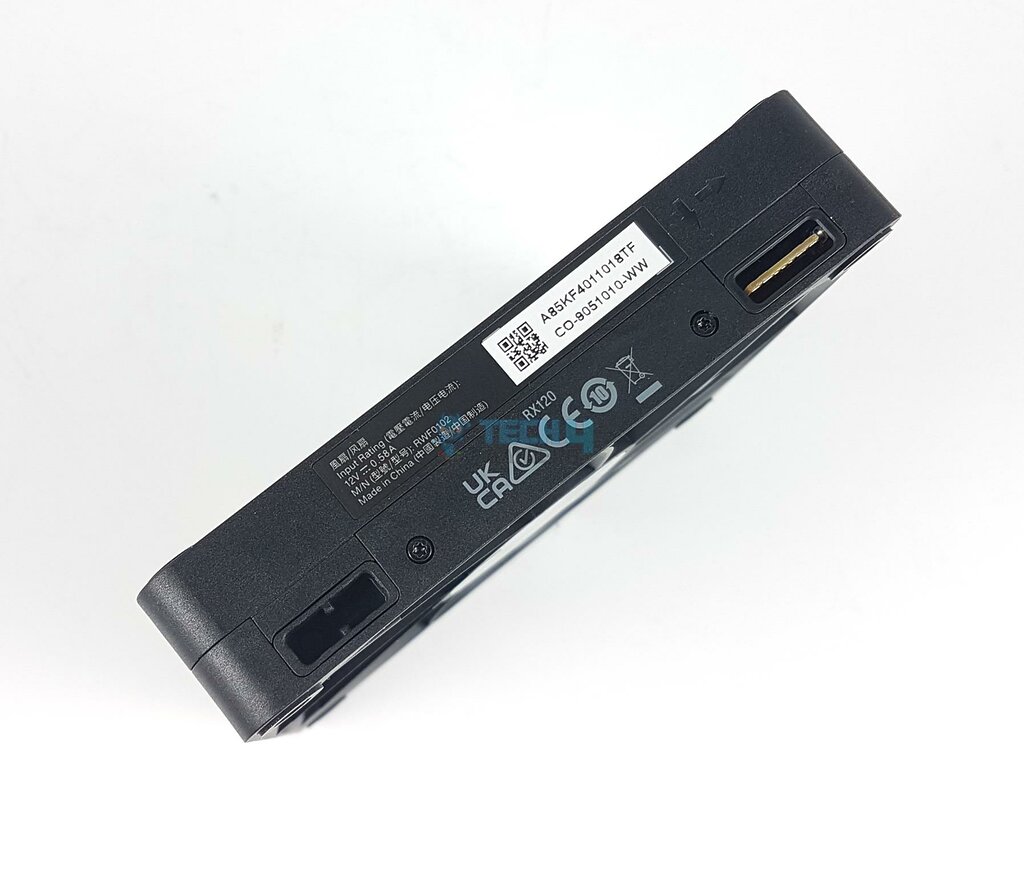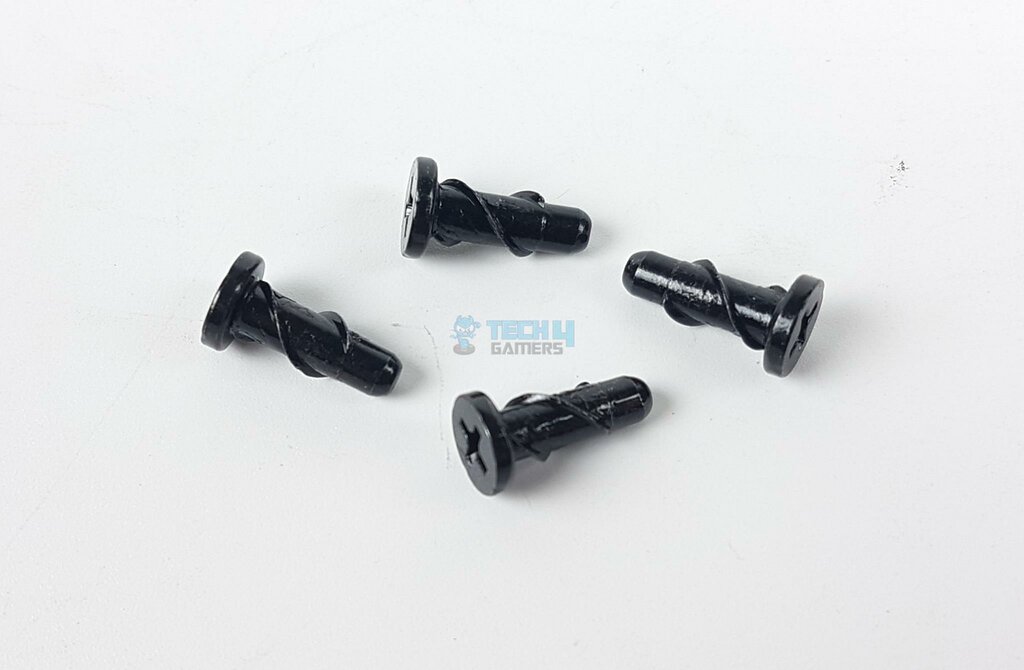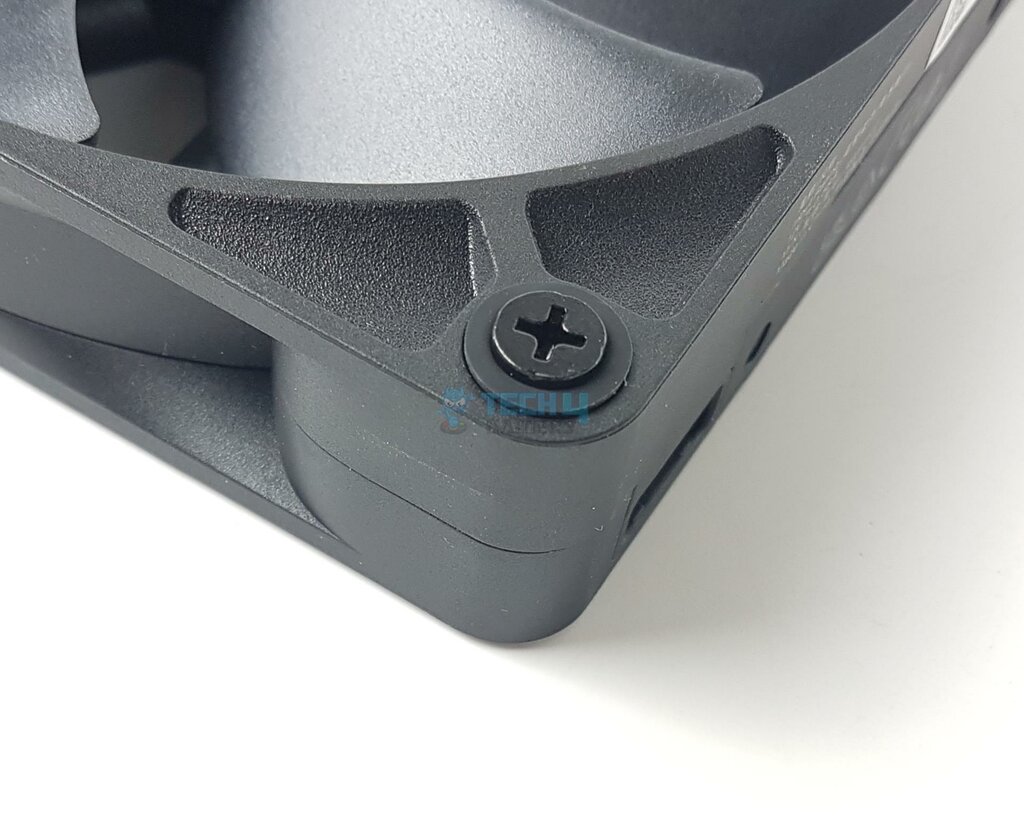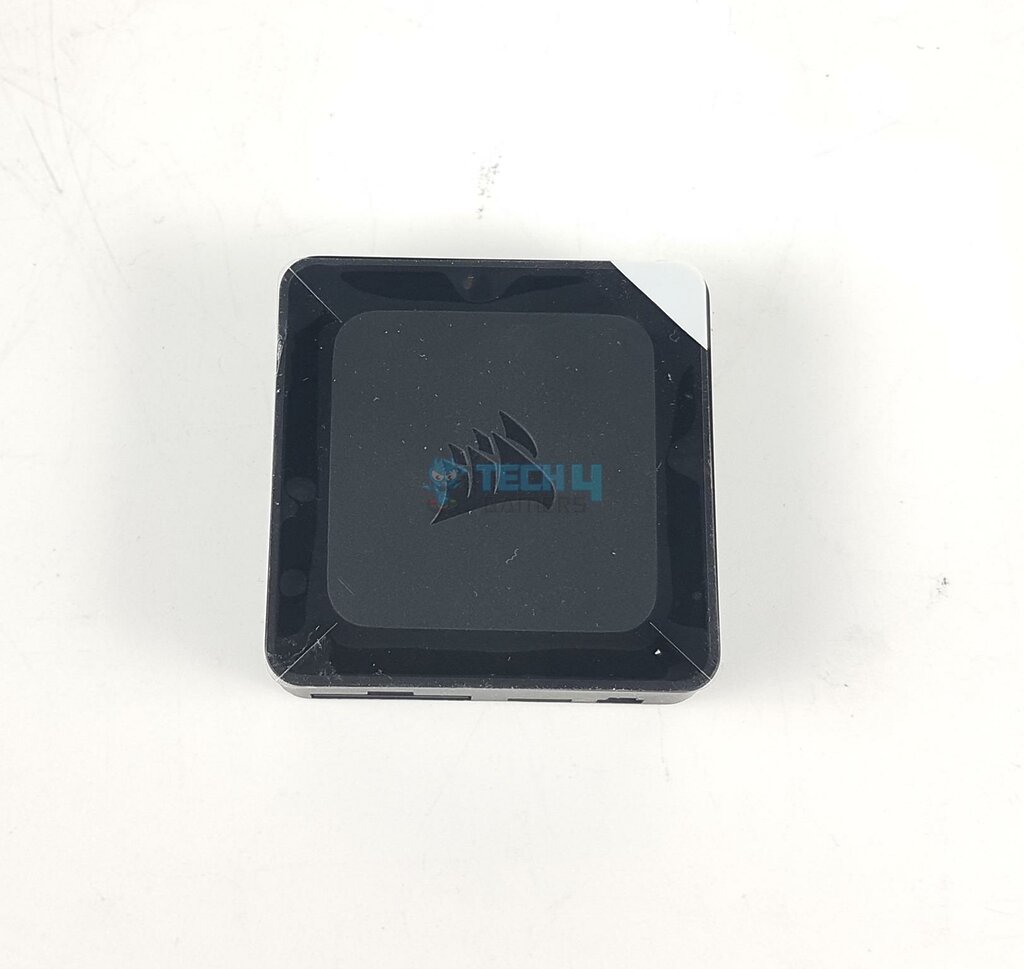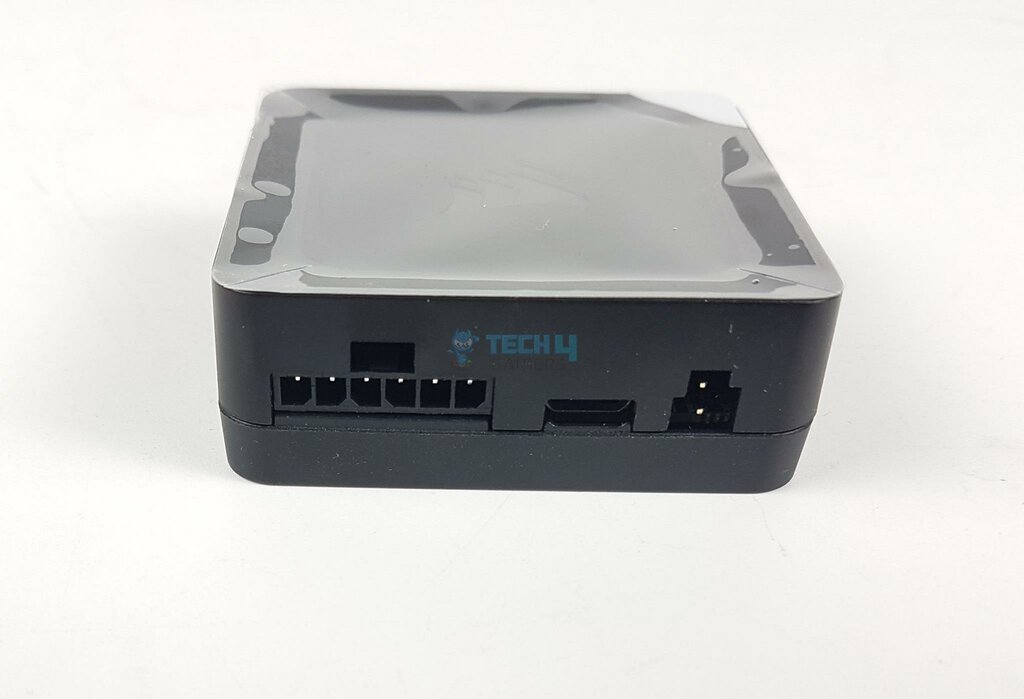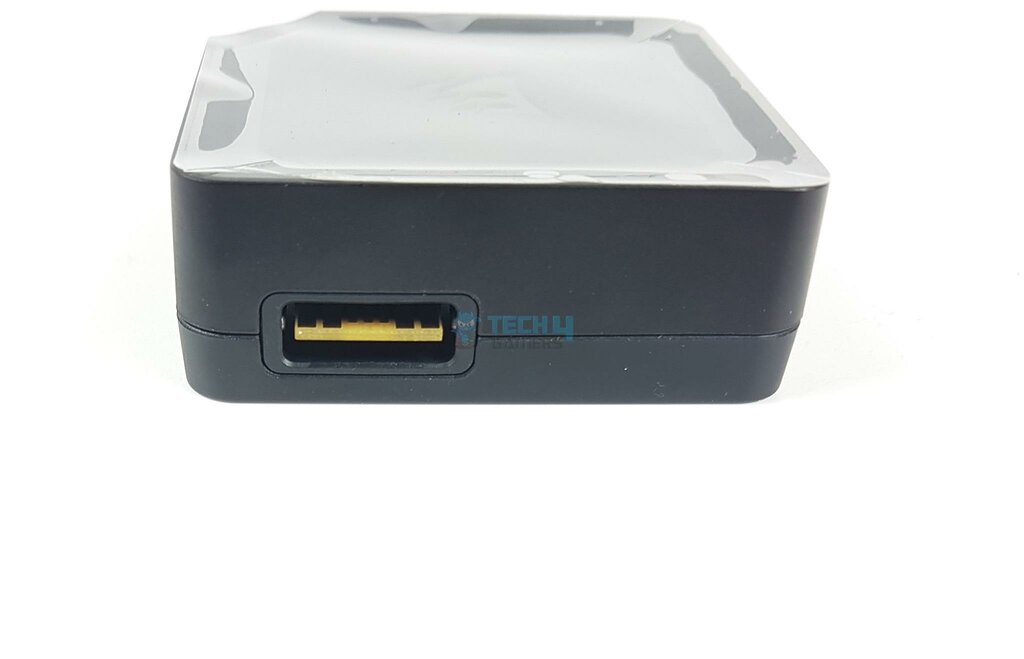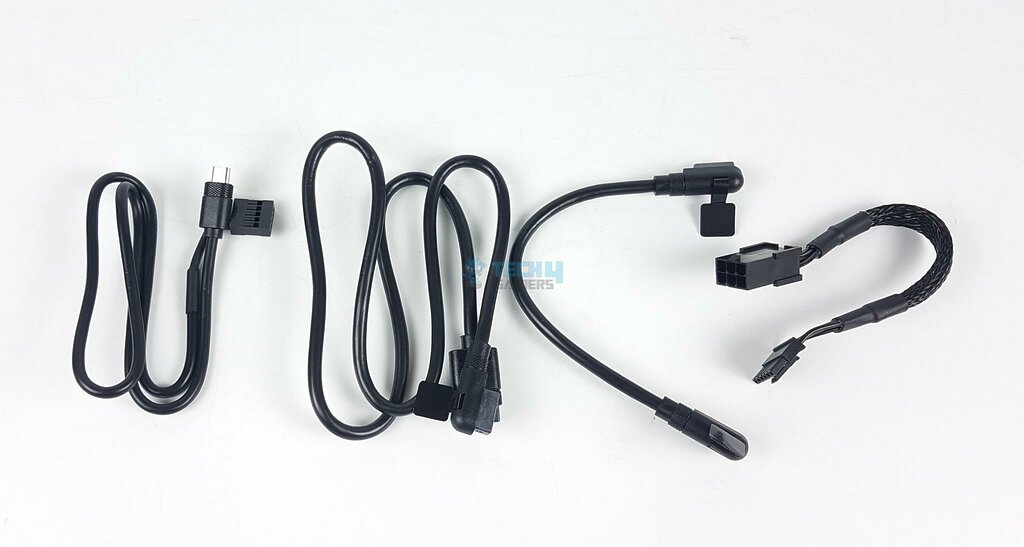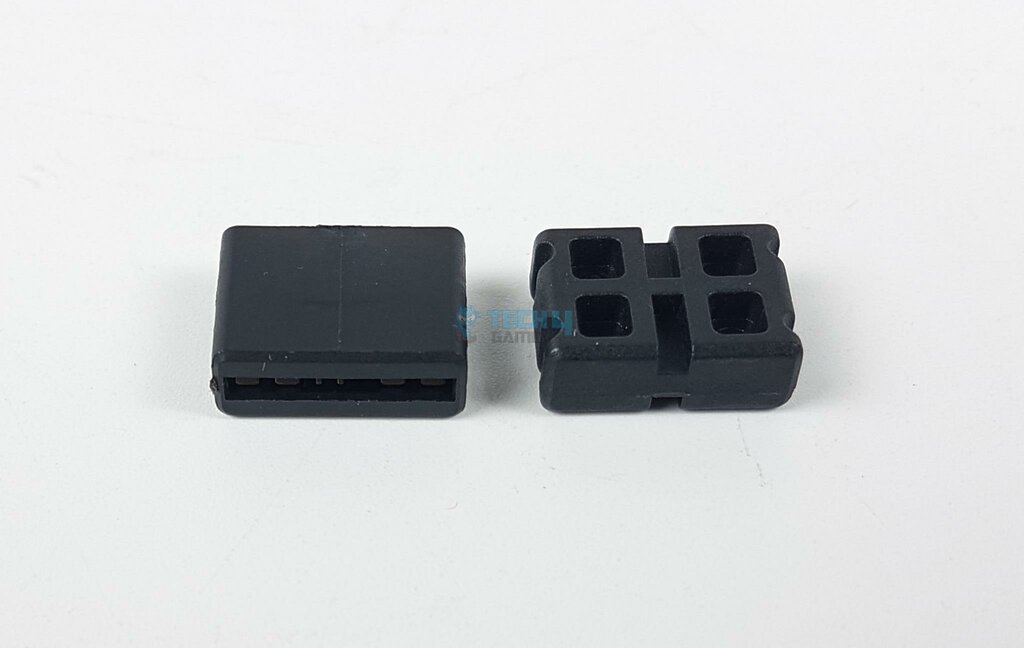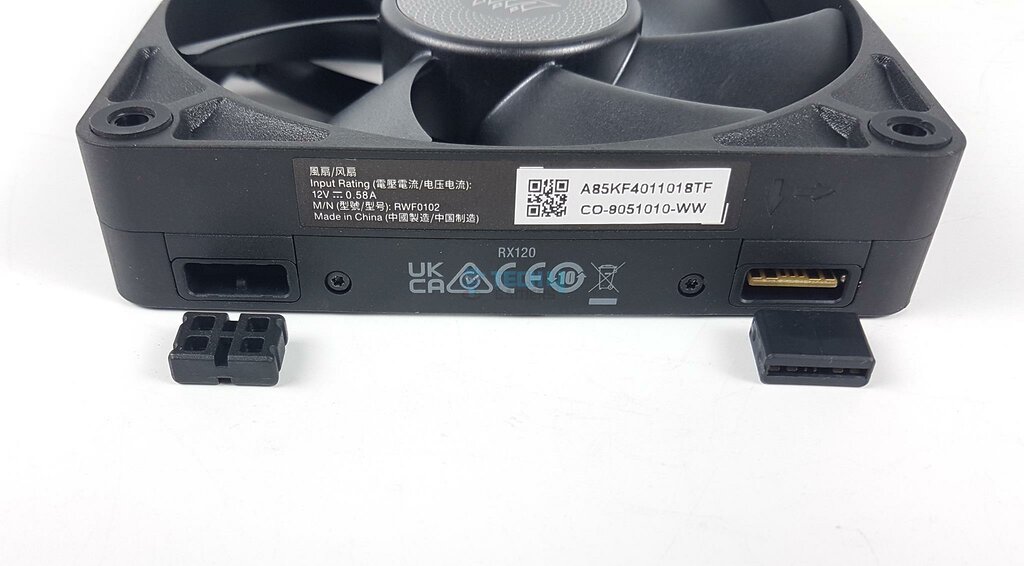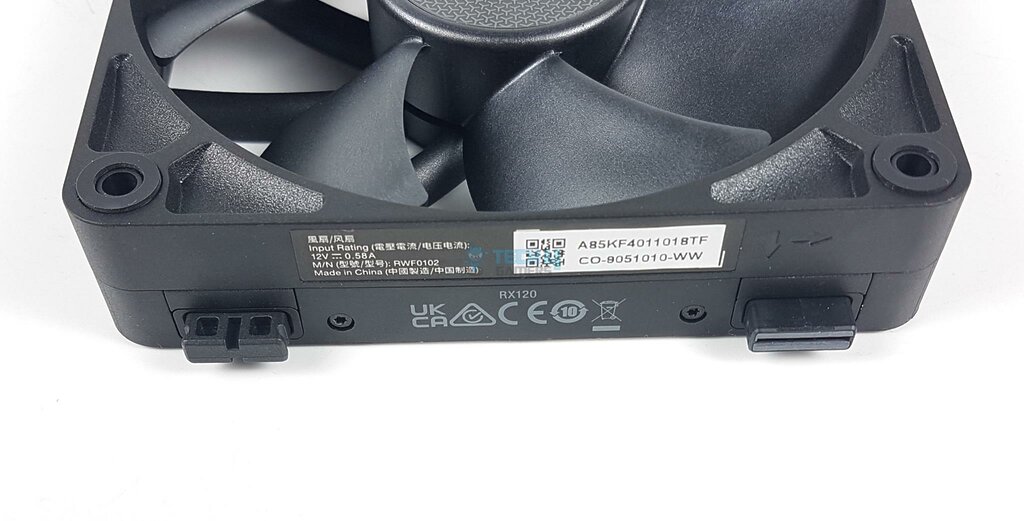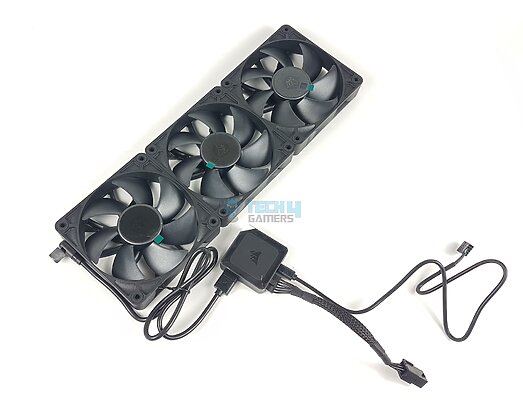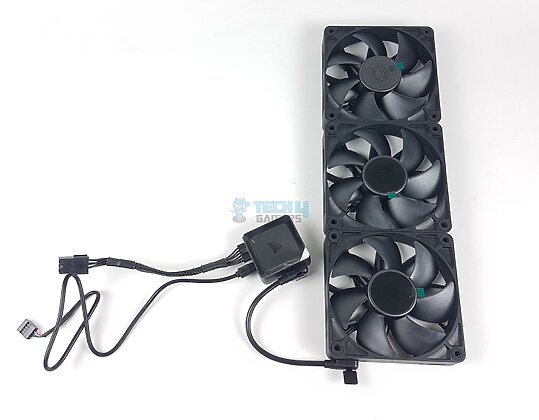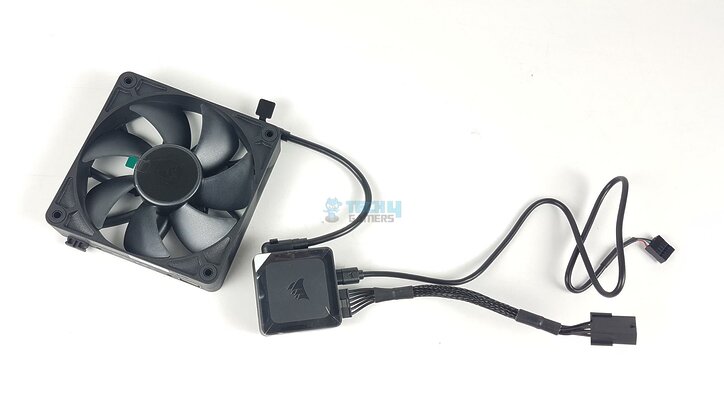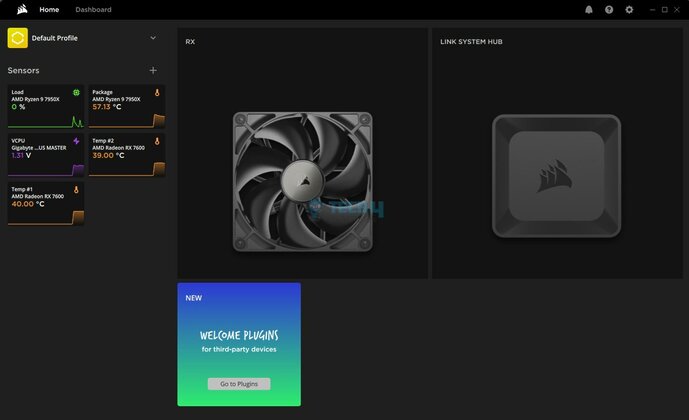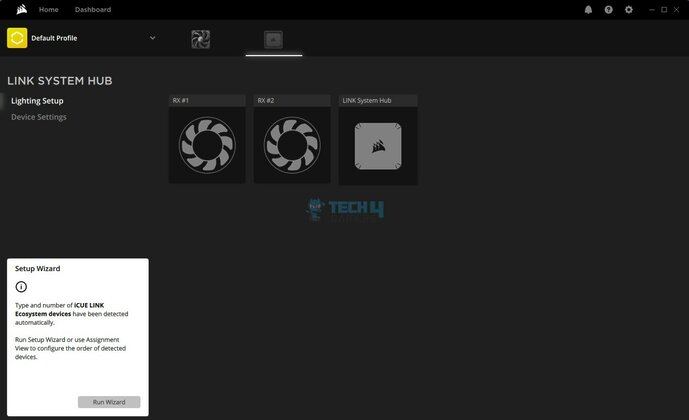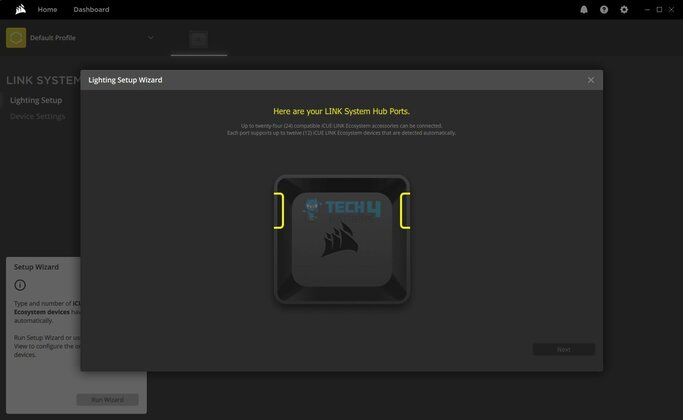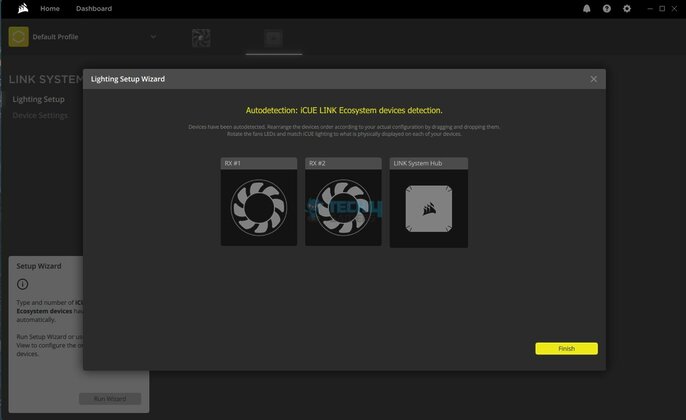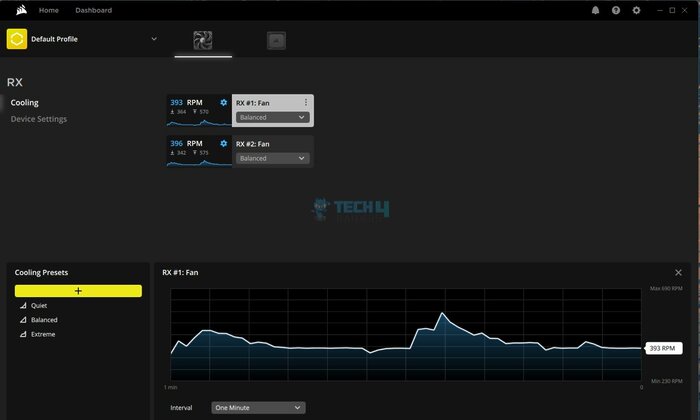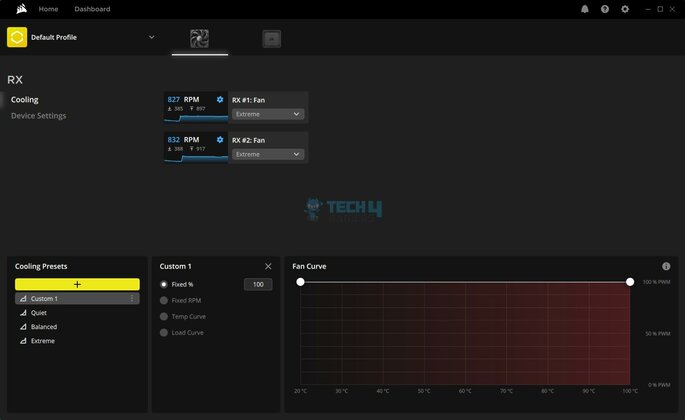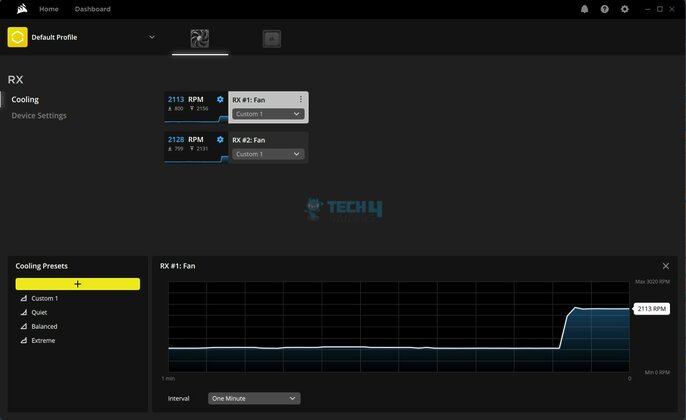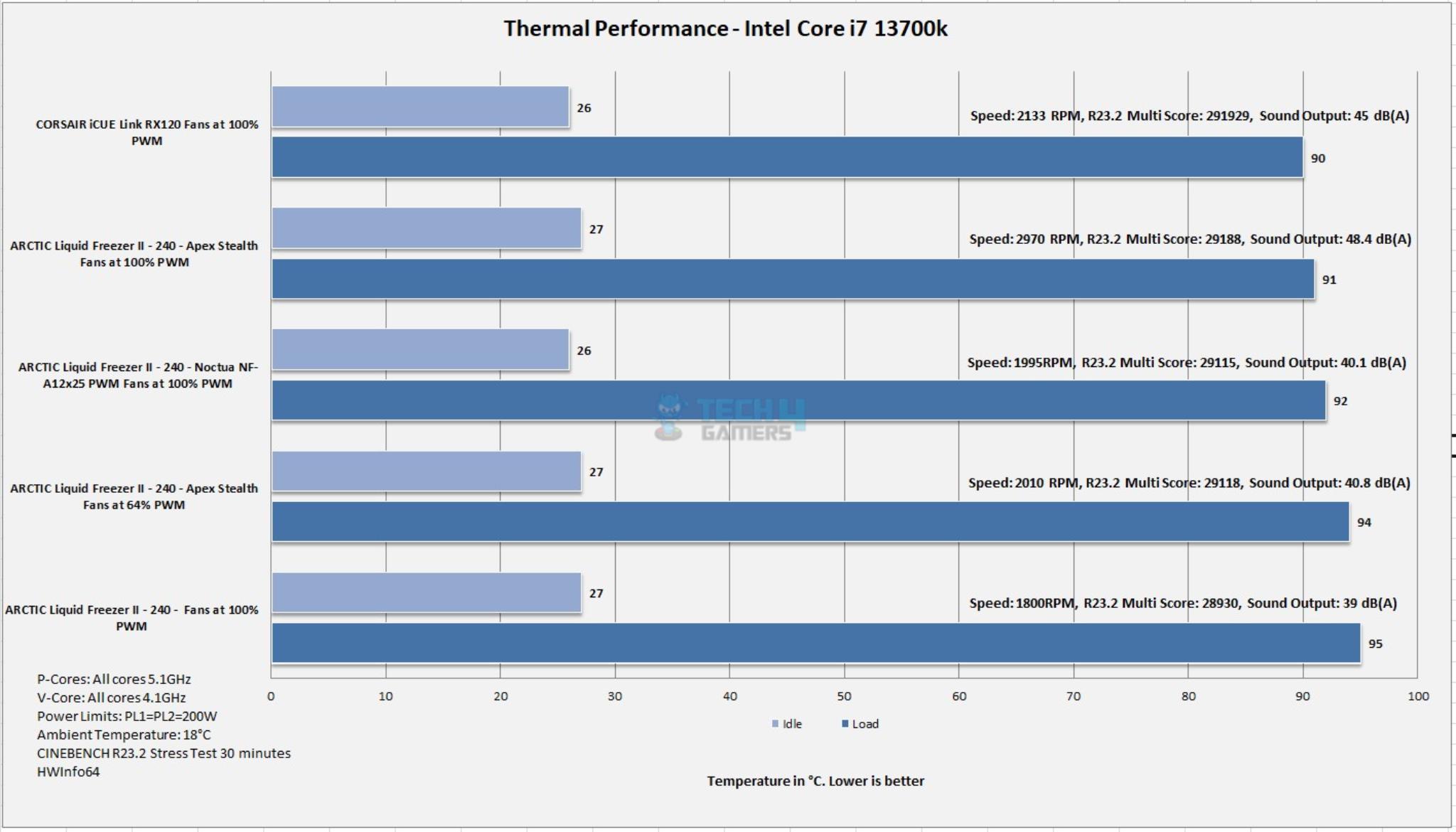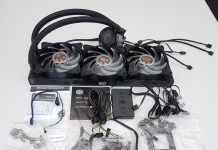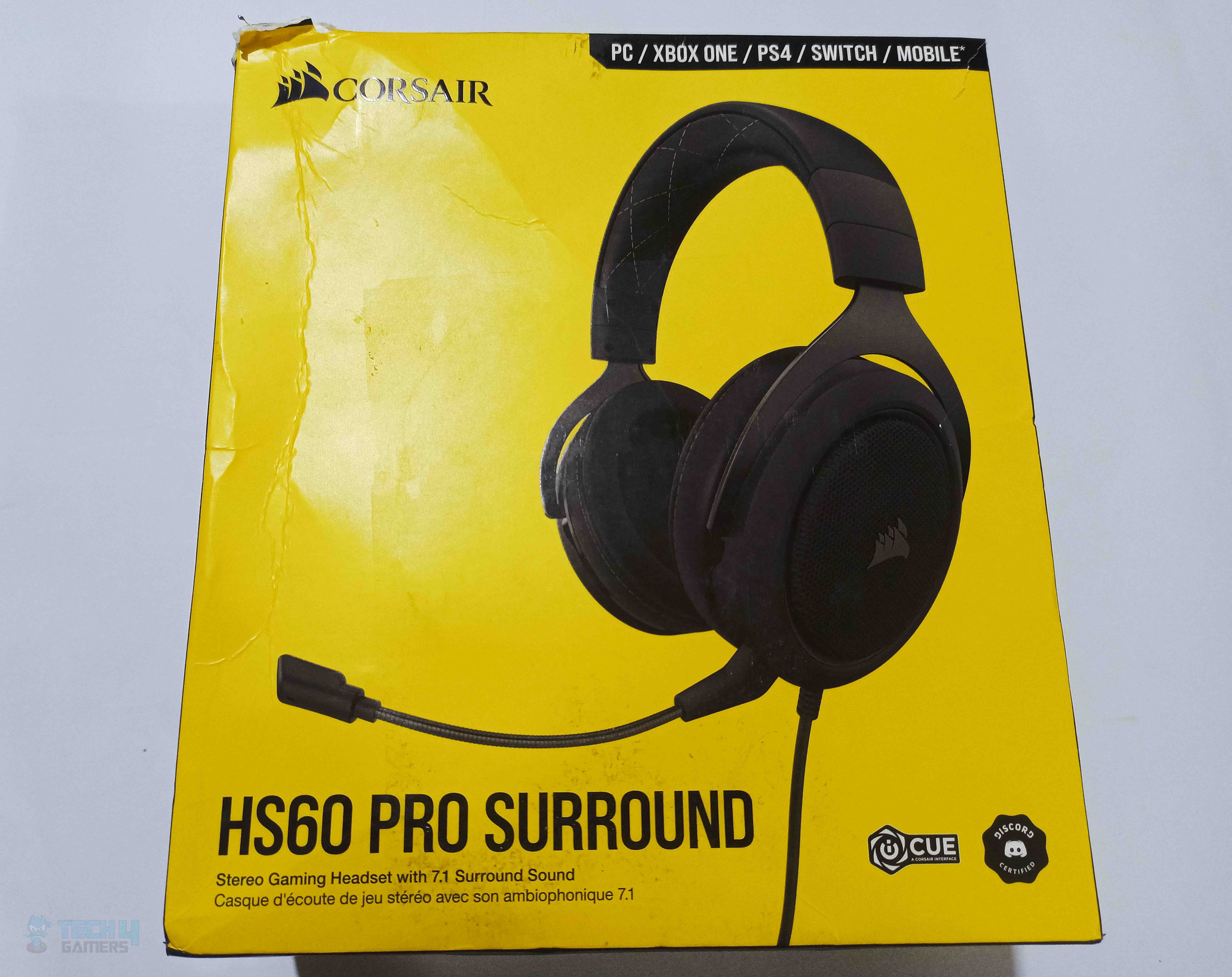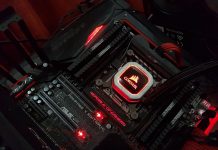Corsair's Latest Marvel!
Review Summary
Corsair’s RX120 fans, designed for the iCUE Link ecosystem, offer high performance with up to 2100 RPM, airflow up to 74.2 CFM, and low noise levels. Available in 120mm and 140mm sizes, in RGB and black, they come with convenient quick-turn screws and a system hub in the triple pack for easy installation. Priced at $89.99 for a triple pack, these fans are ideal for users seeking efficient cooling within the Corsair ecosystem, supported by a 5-year warranty.
Hours Tested: 4
Overall
-
Quality - 9/10
9/10
-
Design - 9/10
9/10
-
Performance - 9/10
9/10
-
Features - 9/10
9/10
-
Value - 9/10
9/10
Pros
- Excellent Performance
- Magnetic Dome Bearing
- Fiber Glass Reinforced LCP Blade
- Quick Turn Screws
- Digital Connectivity
- 5-Year Warranty
- iCUE Link Software
- Price
Cons
- Loud fans at full speed
- Total Dependency on the Software
Corsair has released new products, including fans and PC Cases. We have got our hands on new RX120 fans from Corsair. These are mainstream versions of QX120 fans but with fine refinements. Corsair is focused on performance with these fans, reminding me of ML fans.
These fans are available in 120mm and 140mm and come in RGB as well as black (non-RGB) editions. These are available as a single fan pack and a triple fan pack. I am taking a look at a triple fan pack that has an MSRP of USD 89.99.
Key Takeaways
- The Corsair RX120 fans deliver impressive cooling performance at 90°C under load at a speed of 2133 RPM but with a higher noise level of 45 dBA, suggesting a trade-off between thermal efficiency and acoustic comfort compared to competitors like the Noctua NF-A12x25 PWM.
- You should buy the Corsair iCUE Link RX120 fans if you want black aesthetic, high-performance iCUE Link System fans that look good with reduced cable clutter and sit well within the Corsair ecosystem.
- You should not buy the Corsair iCUE Link RX120 fans if you don’t want or plan to get an iCUE Link System.
- Why you can trust Tech4Gamers: Our reviews are based on dedicated hands-on testing by our team of experienced hardware experts. Find out more about how we test.
The salient specifications include:
| Dimension | 120x120x25mm |
| Fan Speed | 2100 RPM |
| Air Flow | 10.5 to 74.2 CFM |
| Static Pressure | 0.12 to 4.38 mmH₂O |
| Sound Level | 10 to 36 dBA |
| Power Draw | 0.58A |
| PWM Controlled | Yes |
| Bearing | Magnetic Dome Bearing |
| Warranty | 5-Year |
Packaging And Unboxing
The RX120 fans come inside a cardboard box finished in yellow and black colors. The 3-fan kit includes the iCUE Link system hub and cables. The following are provided:
- 3x Fans in 3 fans kit
- 1x iCUE System Hub
- 1x PCIe power cable
- 1x USB Type-C to Micro USB 2.0 cable
- 1x iCUE LINK Cable 90° 600mm
- 2x iCUE LINK Cable 90° 135 mm
- 12x Quick Turn screws
- 1x Warranty Guide
- 1x Safety Guide
Design
Let’s start taking a look at these fans, starting with salient features:
- Specially designed blades to sustain high static pressure
- Glass Fiber Reinforced LCP Blades
- iCUE Link System Integration
- Air guides for focused flow
- Magnetic Dome Bearings
- Digital Control
Fans
The picture shows a front view of the fan. You can see an all-black color scheme on this fan. Each fan has 7 blades. These blades are made of fiberglass-reinforced LCP material. This construction prevents the bending of the blades during varying static pressure under operation, particularly on the radiator.
These blades have the following design features to ensure maximum airflow:
- Optimized angle
- Airfoil Shape
- Edge Curvature
Looking at the backside of the fan, you can see that there is a Corsair branding on the center. There are 9x fins, which Corsair mentions as air guides. These have a curvature design, and they help to provide a focused airflow through the fans. These fans are designed for radiator use.
The mounting corners have ring-designed anti-vibration pads. There are insets on the left and right sides of these corners on the main frame, which is a structural design.
One side of the main frame has arrow markers. These markers identify the direction of airflow through the fan and the direction in which the blades spin.
You can see two headers or ports. One port is the iCUE Connection port, whereas the other one has a magnet for attachment with the other fan using provided plugs or connectors.
The opposite end of the mainframe has a similar layout. The active ports on both ends make the daisy-chain connectivity convenient.
Corsair has also introduced a new design for the screws. Corsair called these screws as Quick Turn Screws and they certainly live up to their name. With only a few torques, you will quickly install these fans compared to Philips self-tapping screws.
iCUE Link System
Now that I have shown you the fans let’s take a look at the other iCUE Link system.
You would need more power than a standard SATA connector can provide. The hub is connected to the motherboard using a USB 2.0 connector. This hub is magnetic in design for easy installation in the case.
There are 1x 150mm iCUE Link and 1x 600mm iCUE Link Cables in a 3 fan kit. The small cable has a 90ᵒ connector. There is a 6-pin PCIe and a micro USB cable with a standard 9-pin USB 2.0 connector for connection with the motherboard. The PCIe cable connects to the PSU.
There are two types of connectors provided with starter kits. One on the left is to be connected to the iCUE Link connection port of the fan, whereas the right side connector is used on the empty (magnetic) port on the fan. The pictures illustrate the correct use of these connectors.
This is an area where these fans differ from QX fans in terms of iCUE Link ports. I would prefer the design of the RX120 fans.
iCUE Software
Since RX120 fans fall under the iCUE Link system, they are digitally controlled, for which you would need an iCUE software. You can download the software from the Corsair website free of charge. Just make sure you have an updated version. Also, you can use this software to update the firmware on the iCUE Link Hub.
You can use Wizard to let iCUE identify all connected system hubs and the fans on each hub. You can arrange these fans in order of your need. The pre-defined fan profiles don’t work for the speed control. You would need to create a custom fan curve for this purpose.
Thermal Testing
I have used the below-mentioned configuration to test the performance of these fans: –
- Intel i7 13700k
- GIGABYTE Z790 AORUS ELITE AX
- Sabrent 32GB DDR5 kit 4800MT/s
- ARCTIC Liquid Freezer II 240
- Sabrent Rocket 4 Plus 2TB NVMe SSD [For OS]
- GIGABYTE GeForce RTX 3060 VISION OC [For Display]
- CORSAIR AX1200i Platinum PSU
- Open-air Test Bench
Here is the settings table for testing:
| All Cores | 5.1GHz on P-Cores, 4.1GHz on E-Cores |
| VCore (V) | Auto |
| Power Limits | PL1=PL2=200W |
| Thermal Paste | Noctua NT-H1 |
| Test Run Time | 30 minutes CINEBENCH R23.2 |
| Idle Time | 10 minutes |
| Fan/Pump Speed | 100% PWM Duty Cycle |
| Monitoring Software | HWInfo64 |
I have used ARCTIC Liquid Freezer II 240 for the reason that it has a 38mm thick radiator; hence, the static pressure of the fans would matter.
Here is a specification comparison of both fans:
| iCUE Link RX120 | P12 PWM | |
| Dimension | 120x120x25mm | 120x120x25mm |
| Speed | 2100 RPM | 200~1800 RPM |
| Airflow | 74.2 CFM | 56.33 CFM |
| Static Pressure | 4.38 mmH₂O | 2.2mmH₂O |
| Max Volume | 10 – 36 dBA | 0.3 Sone |
| Bearings | Magnetic Dome | Fluid Dynamic |
| Nominal Voltage | 12VDC | 12VDC |
| Power Consumption | 6.96W | 1.2W |
| Current Rating | 0.58A | 0.1A |
Why do P-Cores and E-Cores have lower clock speeds?
The ARCTIC Liquid Freezer – II 240 could not handle the stock thermal load of the Intel i7 13700k, and the CPU was throttled under stress testing. This is why I set PL1 and PL2 to 200W each. This caused the P-Cores to operate at 5.1GHz and E-Cores at 4.1GHz.
This is an impressive performance from Corsair RX120 fans. I was not expecting this level of performance, but these fans have nailed it, though this performance level is coming at 45 dB(A). The Noctua NF-A12x25 PWM fans were doing 92°C at 40.1 dBA. I did not perform noise-normalized testing. My two cents are Noctua fans would be better-performing fans under noise-normalized performance.
The following is the PWM range along with the RPM:
| PWM (%age) | Speed (RPM) |
| 20 | 304 |
| 30 | 552 |
| 40 | 760 |
| 50 | 986 |
| 60 | 1212 |
| 70 | 1435 |
| 80 | 1661 |
| 90 | 1889 |
| 100 | 2133 |
Should You Buy It?
Buy It If
✅You are planning for the iCUE Link System: These fans are an obvious choice if you are going for the Corsair iCUE Link system. These might not be compatible with all Corsair controllers, so better to check the website for full compatibility.
✅You want the best-performing fans within the Corsair Ecosystem: The iCUE Link RX120 is undoubtedly a high-performance fan. I am now wondering how AF120 Max would perform!
✅You are after a black build: If you are a non-RGB freak and want to have neutral or black color builds, then these (non-RGB) fans are for you.
✅You want to reduce the cable clutter: The Corsair iCUE Link system provides a single cable connection for the internally daisy-chained fans.
Don’t Buy It If
❌You don’t have an iCUE Link System: If you don’t have a mind for an iCUE Link system, then drop these fans since they are digitally controlled using iCUE software. There is no PWM or 3-pin DC connector on these fans.
Final Words
I praised the Corsair QX120 white edition packs when I tested those fans. This time, I tested new fans from Corsair. These are iCUE Link RX120 fans. I have got the non-RGB versions in black. They are available in 120mm and 140mm sizes and RGB versions.
These fans are mainstream versions of the QX120; hence, you would see these fans costing less compared to the QX120 unless Corsair decides to drop prices on the QX120 fans. The RX1230 fans will work fine within the Corsair iCUE Link Ecosystem.
However, you can’t use these fans as a standard replacement for any other 120mm fan since these don’t have standard 4-pin PWM or 3-pin DC connectors. These fans are available in a 3-fan kit and a single fan kit. The 3-fan kit comes with a system hub and related cables.
These fans use Magnetic Dome Bearings and are rated for a maximum speed of 2100 RPM, generating 74.2 CFM airflow at 4.38mmH₂O static pressure, producing a 36 dBA sound level. The blades are made of glass fiber-reinforced LCP material for added strength and maximum airflow, particularly when installed on the radiator.
The frame of these fans is designed to accommodate maximum blade radius. Corsair has also used new Quick Turn Screws that may take more power, but in only 2-3 turns, the fans are installed. This is a convenient solution, and Corsair is expected to provide these screws with their coming PC Cases as well.
These fans are daisy-chained using magnetic interconnects with internally placed cables. We have only one cable to control all three fans in a kit. This cable is then connected to the system hub, which is connected to the PSU and motherboard. This is as simple as it could get from Corsair.
The thermal performance of these fans is excellent, and I am waiting for a 6500X case so that these fans can also be tested for PC Case airflow. Corsair is offering a whopping 5-year warranty on these fans.
Thank you! Please share your positive feedback. 🔋
How could we improve this post? Please Help us. 😔
[Hardware Reviewer & Editor]
Meet Nauman Siddique, a highly experienced computer science graduate with more than 15 years of knowledge in technology. Nauman is an expert in the field known for his deep understanding of computer hardware.
As a tech tester, insightful reviewer, and skilled hardware editor, Nauman carefully breaks down important parts like motherboards, graphics cards, processors, PC cases, CPU coolers, and more.
- 15+ years of PC Building Experience
- 10+ years of first-hand knowledge of technology
- 7+ years of doing in-depth testing of PC Hardware
- A motivated individual with a keen interest in tech testing from multiple angles.
- I majored in Computer Science with a Masters in Marketing
- Previously worked at eXputer, EnosTech, and Appuals.
- Completed Course in Computer Systems Specialization From Illinois Tech


 Threads
Threads
